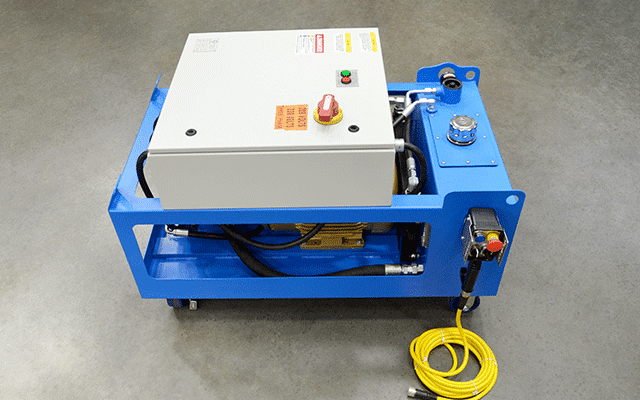Developing a better producing, less polluting kiln – Information Centre – Research & Innovation

© malp #204874730, resource:stock.adobe.com 2020
The ceramics market performs a significant function in the EU economic climate, pushed by 17 000 firms, utilizing around 240 000 people, and manufacturing nearly EUR thirty billion in earnings. Nevertheless, the market is also a huge user of strength. In point, manufacturing just 1 tonne of ceramic tiles needs one.67 MWh of strength.
Most of this strength (fifty five%) is utilized during the firing course of action, wherever clay and glazes are brought to a incredibly superior temperature. This heating is normally carried out with purely natural gasoline which, as a fossil fuel, signifies the course of action makes a significant amount of greenhouse gases. As these gases are intensely regulated, it arrives as no surprise that the ceramics market has the most installations in the EUs Emission Buying and selling Process (ETS).
The essential to decreasing this carbon footprint is to produce a additional efficient kiln which is particularly what the EU-funded Desire task has carried out.
To change the evolution of kilns in the direction of a additional sustainable paradigm, the Desire task made, developed, and demonstrated a radically enhanced architecture for ceramic industrial furnaces, says Gabriele Frignani, Head of Used Analysis at Sacmi, an Italy-based mostly multinational ceramics corporation, and Desire task coordinator. The result is a new, condition-of-the-art kiln defined by optimised strength intake, minimized emissions, and decrease running prices.
Tests through engineering
Usually, the market has decreased polluting emissions by installing a bag filter in the kilns exhaust chimney. Whilst this does continue to keep emission amounts just less than the authorized threshold, it doesnt protect against pollutants this sort of as nitrogen and sulphur oxides from escaping into the air. This shortcoming, along with the point that satisfactory emission amounts are established to be decreased, meant a better remedy was desired.
To clear up this challenge, the Desire task turned to engineering. The staff developed and tested a software program-based mostly simulation model able of analysing all the thermal procedures taking place in a kiln, which includes preheating, firing, and cooling. Employing this program, it was not only achievable to swiftly recognize places of inefficiency, but also to digitally exam numerous modifications and options.
These simulations help save time and prices during the development section as they swiftly spotlight which roadways display assure and which kinds possibly guide to a lifeless finish, describes Frignani. This technique is specially useful in this sort of exploration task wherever, due to time and finances constraints, a precise roadmap is required.
For instance, through the simulation routines, it could be expected that replacing massive turbines with micro-turbines along the generation line would create a customised degree of electrical power for a supplied machine. Not only does this do away with the use (and waste) of excess strength, it also lessens the time desired to restore the thermal conditions immediately after electrical blackouts and can help reduce a kilns carbon footprint.
A better variety of kiln
Regardless of the benefits, employing simulation applications does have its boundaries. For instance, they are not able to predict regardless of whether a variation in the firing course of action will negatively affect the material by itself. To fill this gap, the task carried out industrial-degree tests, making use of its virtual model to a real generation kiln.
These exams conclusively showed that with our software program, ceramic firms can get real-time checking and the capacity to intervene instantly as desired to make improvements to the effectiveness of an personal section, describes Frignani. The internet result is a kiln able of manufacturing better when consuming and polluting considerably less.
Frignani notes that, due to the time and expense required, this sort of exploration and development has become nearly unattainable for personal firms to finance specially inside of a competitive sector this sort of as ceramics. Research jobs like Desire will participate in an increasingly crucial function in producing the engineering and know-how that will enable the eco-helpful options of tomorrow, he concludes.




